What's New
Displaying results 61 - 70 of 4052
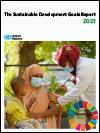
Resource | Publications,
As we enter the second year of the COVID-19 pandemic, it is abundantly clear that this is a crisis of monumental proportions, with catastrophic effects on people’s lives and livelihoods and on efforts to realize the 2030 Agenda for Sustainable Development. Historically, pandemics have served as catalysts for political, economic and social change, and that still holds true today. The year 2021 will be decisive as to whether or not the world can make the transformations needed to deliver on the promise to achieve the SDGs by 2030 – with implications for us all.
The Sustainable Development Goals Report 2021 uses the latest available data and estimates to reveal the devastating impacts of the crisis on the SDGs and point out areas that require urgent and coordinated action. The report was prepared by the United Nations Department of Economic and Social Affairs in collaboration with more than 50 international agencies.
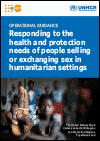
Resource | Publications,
People who sell or exchange sex in humanitarian situations have particular health and protection needs that are often not well addressed. This document provides operational guidance on how best to meet these needs, and ensure that people who sell/exchange sex have support, and access to quality, non-discriminatory health and protection services.
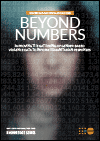
Resource | Publications,
The guide is for gender-based violence coordinators or specialists who need to gather information on gender-based violence, particularly through the use of qualitative data. The data gathered can be fed into humanitarian needs overviews (HNOs), which in turn can inform the whole humanitarian response, be it protracted or acute. Most importantly, this guide can help in the development of products that serve to amplify the voices of women and girls and ensure that these voices directly inform the programmes that are designed to serve them.
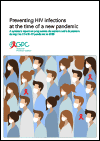
Resource | Publications,
Throughout 2020, the COVID-19 pandemic swept around the world, threatening decades of hard-won development and public health gains. Global and country level efforts to control the AIDS epidemic are facing unprecedented threats. Hard-won gains in HIV prevention, with the number of people newly infected with HIV declining by 23% since 2010, are in danger of being reversed by the COVID-19 pandemic—and populations already left behind are at risk of falling further behind.
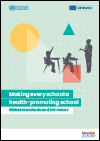
Resource | Publications,
The right to education and the right to health are core human rights and are essential for social and economic development. Now, more than ever, it is important to make all schools places that promote, protect and nurture health; that contribute to wellbeing, life skills, cognitive and socioemotional skills and healthy lifestyles in a safe learning environment. Such schools are more resilient and better able to ensure continuity in education and services, beyond the delivery of literacy and numeracy.
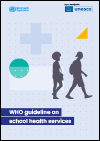
Resource | Publications,
School health services (SHS), as defined in this guideline, are services provided by a health worker to students enrolled in primary or secondary education, either within school premises or in a health service situated outside the school. Most countries have some form of SHS, but many such programmes currently are not evidence-based, are not implemented well, are underfunded and/or are delivered with limited reach and scope. In all WHO regions, school-age children and adolescents (those aged 5–19 years) experience a range of largely preventable health problems, including unintentional injury, interpersonal violence, sexual and reproductive health issues, communicable diseases, noncommunicable diseases and mental health issues.
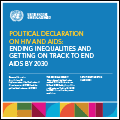
Resource | Publications,
The General Assembly adopts the political declaration entitled “Political Declaration on HIV and AIDS: Ending Inequalities and Getting on Track to End AIDS by 2030” annexed to the present resolution.
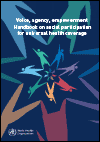
Resource | Publications,
The handbook follows through the different tasks which policy-makers must reflect on and undertake when bringing in people’s voice into health policy-making. Examples include creating an enabling environment for participation, ensuring good representation, strengthening capacities, increasing policy-uptake of participatory process results, and sustaining participatory engagement over time. A fundamental premise of the handbook rests on the idea that policy-makers can leverage format and design elements of a participatory process to address power dynamics amongst participants, thereby fostering more meaningful contributions to the process.
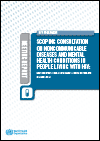
Resource | Publications,
In April 2019, WHO convened an expert scoping consultation in Geneva, Switzerland consisting of policy-makers, academics and partners from the HIV, noncommunicable diseases and mental health communities to discuss current evidence of chronic noncommunicable disease, the burden and risk among people living with HIV, review current norms and standards and ultimately to set priorities for technical areas and interventions for co-managing major non communicable diseases and mental health conditions among people living with HIV; and to inform the update of the 2016 WHO HIV consolidated guidelines on the use of antiretroviral drugs for treating and preventing HIV infection.
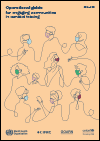
Resource | Publications,
Contact tracing is a key component of a public health response to infectious disease outbreaks. The purpose of this guidance is to reinforce the place of community engagement and participation in the contact tracing process. The guidance and related products articulate best practice principles for community engagement and how they can be operationalized as part of any community-centred contact tracing strategy. The material provided can stand on its own or be used to complement other documents that support strategies, implementation plans or training and capacity building modules.





